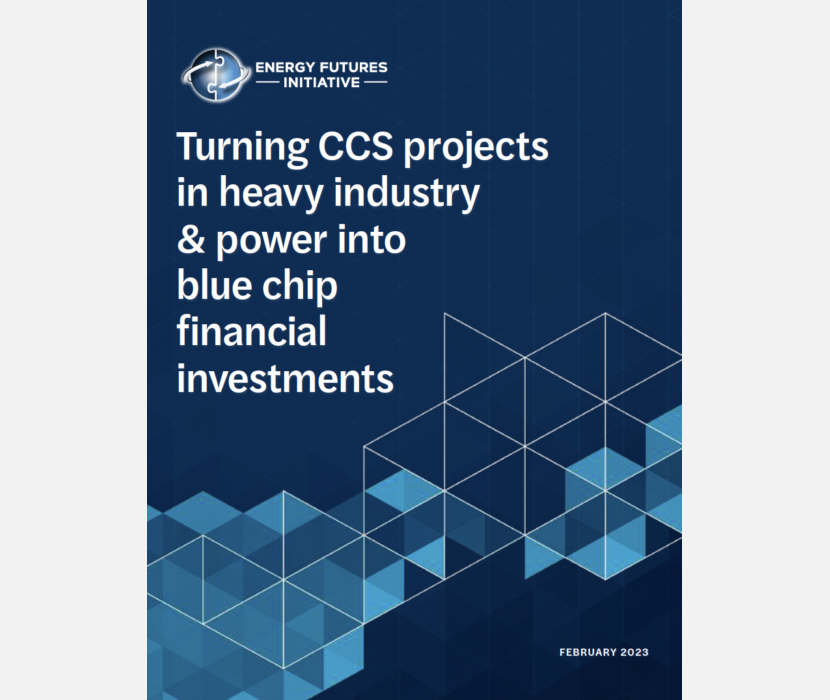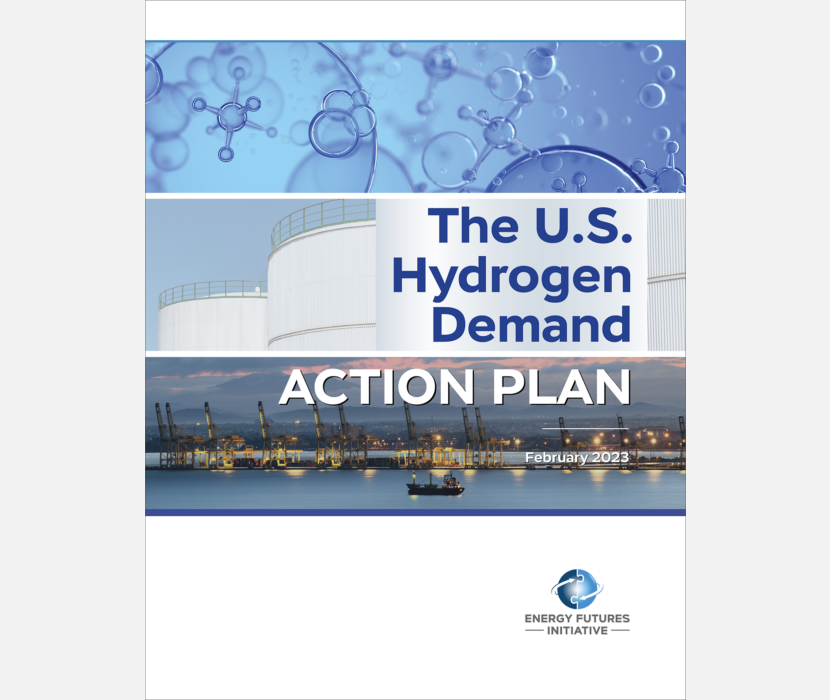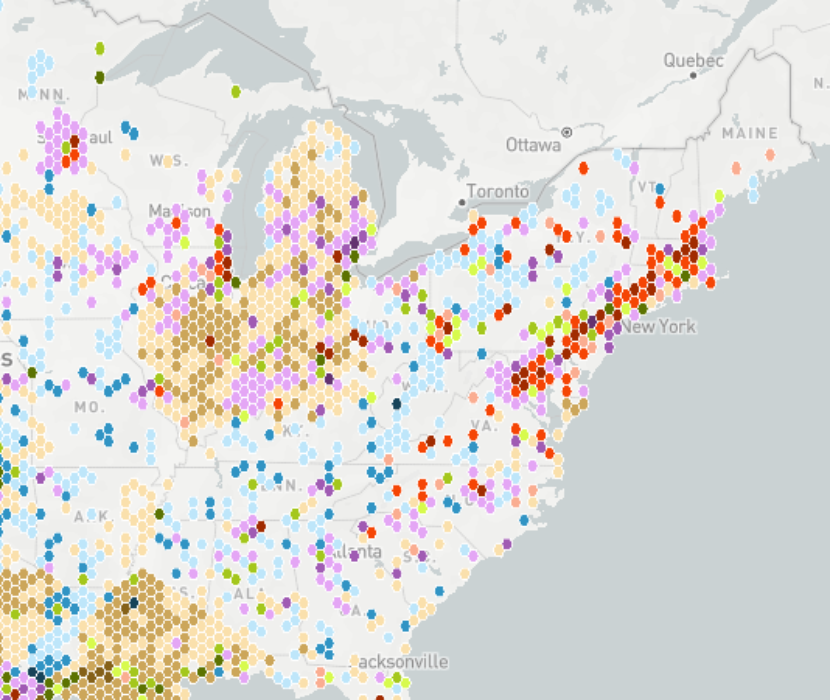Commissioned by Bill Gates’s Breakthrough Energy and produced in partnership with IHS Markit Vice Chairman Daniel Yergin, Advancing the Landscape of Clean Energy Innovation (February 2019) provides a comprehensive review of the United States’ clean energy ecosystem—assessing how it works, identifying its critical strengths and weaknesses, and offering recommendations for improving and accelerating its modernization. This report contributes to the national dialogue on clean energy innovation to stimulate further discussion and action by both policymakers and business leaders, and to improve understanding of the challenges in the clean energy ecosystem and how to address those challenges effectively.
“The relationship between our national research labs, universities, the private sector and government on all levels has made the United States the driver of energy innovation for some 70 years,” said Energy Futures Initiative (EFI) CEO Ernest J. Moniz. “Today our leadership position is now under threat as our economic rivals pursue their own modernization programs. Our report offers a roadmap for accelerating clean energy development in the U.S.”
As the report notes, there is reason for optimism that the U.S. can meet the energy challenges ahead, as the country has shown over many decades unparalleled capacity to nurture energy innovation. This capacity reflects a rich and durable collaboration among government, universities, research institutions, industry and entrepreneurs.
Achieving successful large-scale clean energy innovation in the United States requires that key players, policies, and programs are aligned. Recommendations include the following:
- Private Sector: Utilities and other adopters of new technology should consider promoting open innovation, standardizing procurement requirements, and instituting dedicated evaluation staff to support technologies at early stages of the innovation process. Strategic philanthropic investors and coalitions of industry investors should actively identify and support promising technology ventures that are not otherwise commercially viable in the near term. The private sector should increase its innovation investments.
- Federal Government: Congress and the Administration should initiate efforts to reorganize the federal energy R&D portfolio toward a fuel- and technology-neutral structure (its fuel-centric structure was a product of the 1970s oil embargoes and is now outdated). The U.S. Department of Energy and other agencies should increase collaboration with the private sector and academia.
- State and Local Governments should consider adopting technology-neutral clean energy portfolio standards and zero-emissions credits to strengthen clean energy markets. State and local regulatory agencies should consider new ways to adapt existing ratemaking principles to incentivize utilities to deploy established clean energy technologies. States should collaborate to identify best practices for deploying clean energy technologies.
The report also examines a broad list of technologies and identifies 10 high-priority clean energy innovation areas, including storage and battery technologies, advanced nuclear reactors, hydrogen, and large-scale carbon management.EFI released this report at a POLITICO Energy event sponsored by Breakthrough Energy. Moniz and Yergin offered a fireside chat with Rodi Guidero, Executive Director of Breakthrough Energy, followed by a panel that included U.S. Congressman Bobby Rush (D-IL), chair of the House Committee on Energy and Commerce; Daniel Simmons (U.S. Department of Energy), Ben Fowke (Xcel Energy), Lisa Jacobson(Business Council for Sustainable Energy), and Derek Murrow (Natural Resources Defense Council). The report launch attracted coverage in major publications including Axios, E&E News, Politico, and S&P Global.
Related Content
(Share this post with others.)






